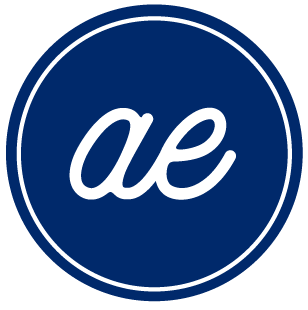Filing a Claim - Home / Theft Flow Experience
Company
Liberty Mutual Insurance
Challenge
The ‘file a claim’ user experience needs to provide a more empathetic tone of voice, guided experience, minimize drop off areas, and increase completion rate.
My Role
Partner with product, & development - embedded in agile team, workshop facilitation, information architecture, iterative user experience design, branding, research & user testing in collaboration with research team, presentation demos with leadership team, facilitated UX wide hallway study in Wework space
Final Designs
Mobile & Desktop
Pain points summarized from existing claim process.
User interviews were scheduled to gather information about their preferences, in one-on-one discussions for 1 hour each.
Value Proposition Canvas - Understanding how the product is positioned with the user values and needs.
Customer expectations compared to current state of tow claims prior to redesign
Persona we developed based off user interviews
Hallway study design options on foam board tested with working prototypes at Wework.
Another perspective from the hallway study testing out the prototype options for ‘file a claim’ user journey.
Project Discovery
With this project, the file a claim user experience was identified as a lengthy user journey, some of which was not available online, where users look for personalized content, and an empathetic tone, given the nature of filing an insurance claim. We prioritized this experience with the claims team to improve completion rate, and NPS with our users.
With this experience, we wanted to increase adoption and completion rates, modernize the design, and give an empathetic, conversational voice to the content.
Top goals for our users:
Just wants it to get it done
Doesn't want to be bothered
Expects simple, straight-forward interactions
Receive personalized service
Service available anytime, anywhere
Top challenges our users face:
Excessive communication (spam)
Content and/or steps that aren't relevant to her
Insurance jargon
When she feels uncertain about what's going on
When she's forced to call
Key behavior patterns
Mobile first, text preferred; calls as a last resort
Budgets carefully due to low income
Likely to switch providers due to price increase
Manages finances online (e.g. autopay)
Trusts technology
Seeks advice from friends; trusts word of mouth
(brand reputation matters)
Problem Statement
Fryla, who feels disinterested in insurance, logs in online to file a claim but faces an overwhelming number of steps and seeks to get the task done as quickly as possible.
Generative Research & Brainstorm
As a team, we gathered data about the drop off points, user feedback from Qualtrics surveys, along with past user testing and user interviews to provide the right foundation for this redesign efforts. We then identified key pain points with the user journey to focus on. We had a few whiteboard & sketch sessions to align our ideas, and from there I created the designs and clickable prototypes.
Hypothesis
Customers will be less likely to call (“just in case”) if the flow provides them with more personalized information and reassures them that they can be confident in submitting (and then managing) their claim online.
Customers will be less likely to drop off at certain known pain points if we can simplify the design and/or add clarity.
Users will be more satisfied with their experience if we provide them with more helpful, personalized content.
Measuring Confidence
Reduce drop-off, especially on known pain points (the date picker card, the “Which of these happened?” card, etc.)
Improve NPS by providing customers with a simpler, cleaner, more personalized filing experience.
Increase customer confidence in the filing process in order to decrease both phone filing and status calls after the fact.
Provide more customized guidance to ensure customers of quickly taken care of, 24/7
Decrease cycle time by reducing the number of status calls
Ideate & Validation
I facilitated a large scale hallway study for multiple teams to participate and test out their work, along with the claim filing journey that our team was testing. Simple questionnaires on clipboards made it quick and easy to gather up to 80 responses in a short time frame. With the feedback, I continued to iterate and test with users before this was developed and launched.
Results
Customers can now file their FNOLs online, and are guided into the IMMC experience with a CTA to provide a list of stolen items. Customers are able to quickly and easily submit their list of stolen items online.
Increased customer awareness of ability to self-serve for theft contents claims during their eFNOL experience
Launched MVP personal items inventory form to 100% of theft customers, with an 85% positive feedback rating
Reduced cycle time by 1.8 days for claims leveraging the online personal items inventory form, while increasing NPS by 19 points and reducing claim calls by 1.1 minutes
Launched pricing experiment on 100 claims where personal items inventory was submitted online to identify opportunities to digitize pricing







